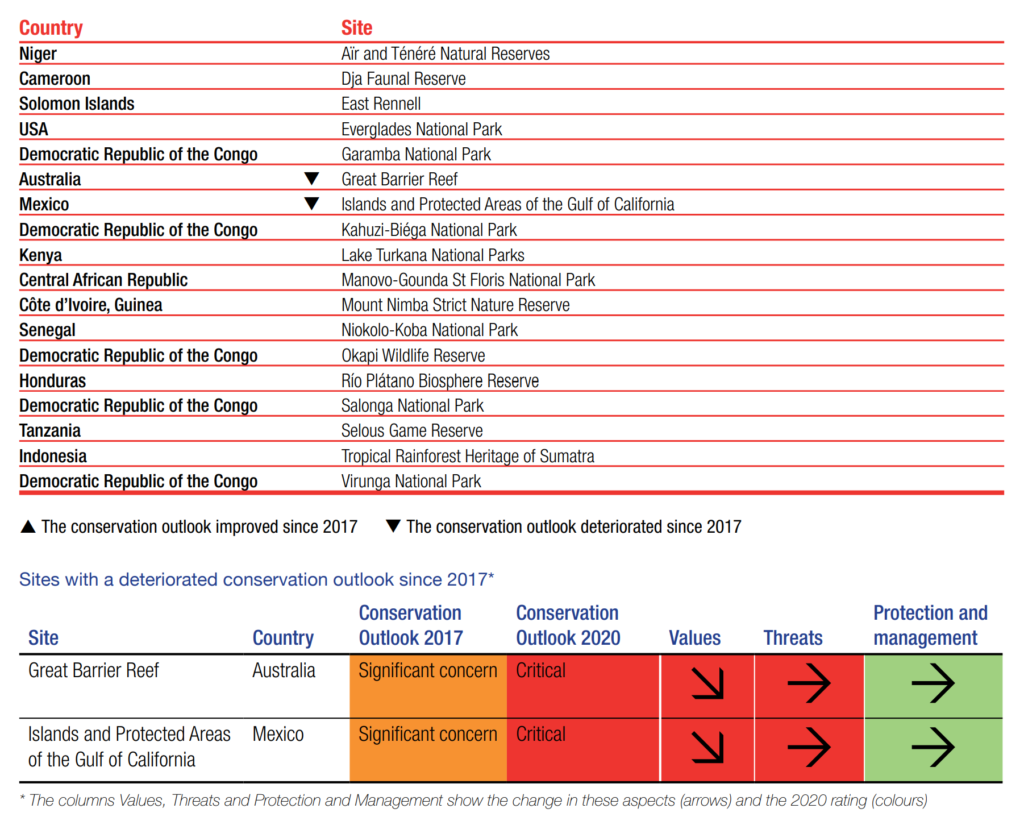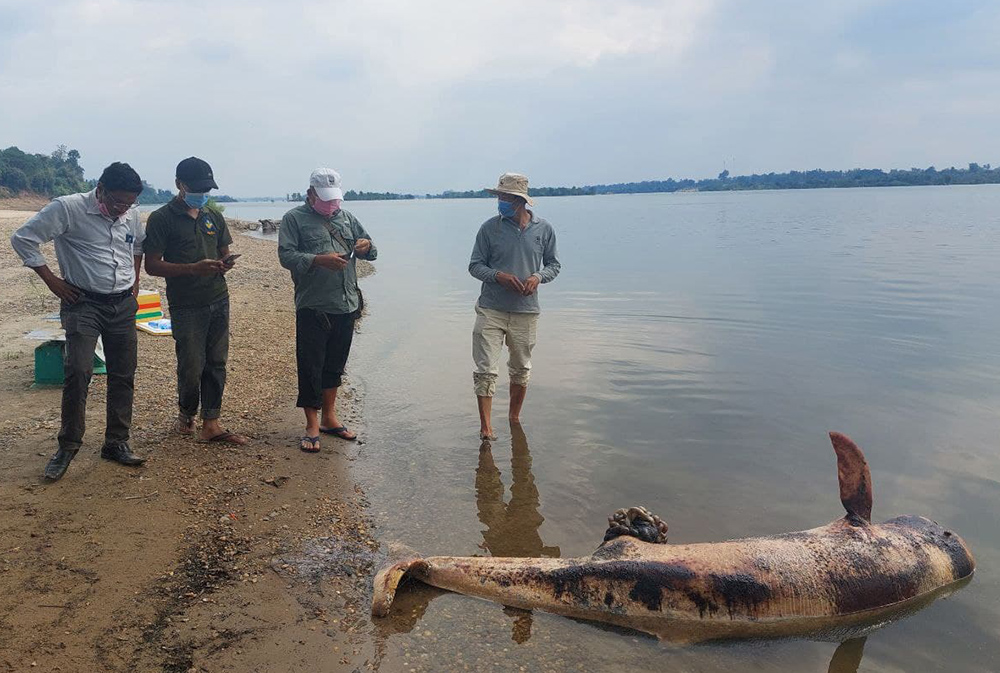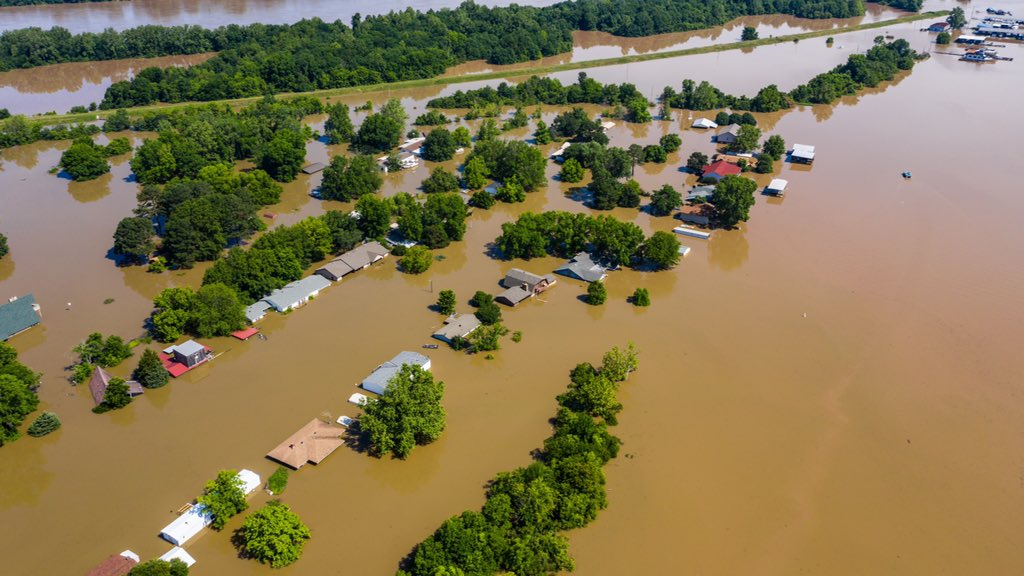Climate change now top threat to natural World Heritage sites – Great Barrier Reef declines to “critical” status

GLAND, SWITZERLAND, 2 December 2020 (IUCN) – Climate change is now the biggest threat to natural World Heritage, according to a report [pdf] published today by IUCN (International Union for Conservation of Nature). A third (33%) of natural World Heritage sites are threatened by climate change, including the world’s largest coral reef, the Great Barrier Reef, assessed as having a “critical” outlook for the first time.
The IUCN World Heritage Outlook 3 builds on previous reports from 2014 and 2017 to track whether the conservation of the world’s 252 natural World Heritage sites is sufficient to protect them in the long term. It finds that climate change has overtaken invasive species as the top threat to natural World Heritage.
Among the 83 natural World Heritage sites now threatened by climate change is the Great Barrier Reef, where ocean warming, acidification, and extreme weather have contributed to dramatic coral decline, and as a result, decreasing populations of marine species. In the Cape Floral Region Protected Areas of South Africa, climate change has exacerbated the spread of invasive species, while the Pantanal Conservation Area of Brazil was badly damaged by the unprecedented 2019-2020 wildfires. In Kluane Lake, located in a World Heritage site in Canada and the USA, the rapidly melting Kaskawulsh Glacier has changed the river flow, depleting fish populations.

The IUCN Outlook assesses the prospects for World Heritage site values – the unique features which have earned them their World Heritage status – based on threats, and how good protection and management is. It assesses 63% of sites as either “good” or “good with some concerns”, while 30% are of “significant concern” and 7% are “critical”. Half of the sites are found to have “effective” or “highly effective” protection and management, with the sustainability of the sites’ funding being the most common issue rated as a “serious concern”. The Outlook finds that 16 natural World Heritage sites have deteriorated since 2017, while only eight have improved.
The report also finds early evidence of the effects of the turmoil caused by the COVID-19 pandemic. While lower tourist numbers may ease pressure on some ecosystems, in more cases impacts appear negative. Closing sites to tourism causes significant revenue loss, and illegal activities are on the rise with fewer staff deployed to prevent them.
“The findings of the IUCN World Heritage Outlook 3 point to a dire need for adequate resources to manage our irreplaceable natural areas,” said Peter Shadie, Director of IUCN’s World Heritage Programme. “Many natural World Heritage sites show that conservation can and does work for the greater good, and their achievements serve as models that can be replicated and scaled up elsewhere. We need more inspiring examples like Comoé National Park in Côte d’Ivoire to ensure a brighter future for nature’s finest.”

The outlook of Comoé National Park continues to improve and is now “good with some concerns” after moving from “critical” in 2014 to “significant concern” in 2017. Thanks to political stability, effective management, and international support, populations of chimpanzees, elephants, and buffalos are stable, and rare birds are starting to return.
- Download the report, IUCN World Heritage Outlook 3, here: https://doi.org/10.2305/IUCN.CH.2020.16.en
- Access Conservation Outlook Assessments for 252 natural sites here: worldheritageoutlook.iucn.org
- Register for a webinar on 8 December presenting results of the IUCN World Heritage Outlook 3
Contact
- IUCN Press office: Tel: +41 (22) 999 0392, Mobile: +41 (79) 536 01 17, press@iucn.org
Climate change now top threat to natural World Heritage – IUCN report


